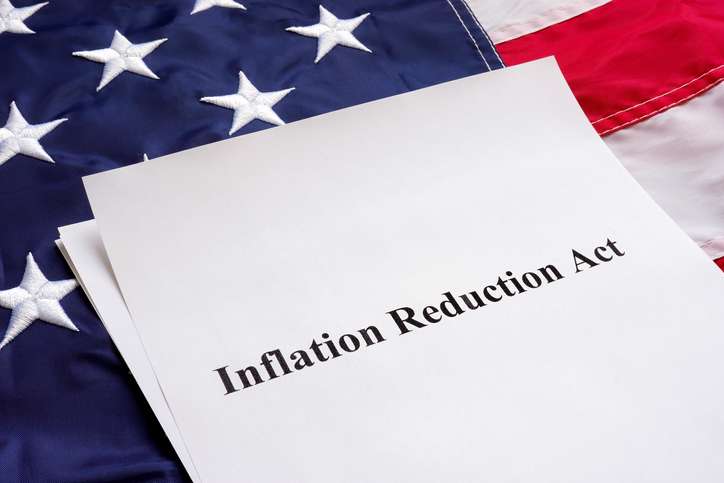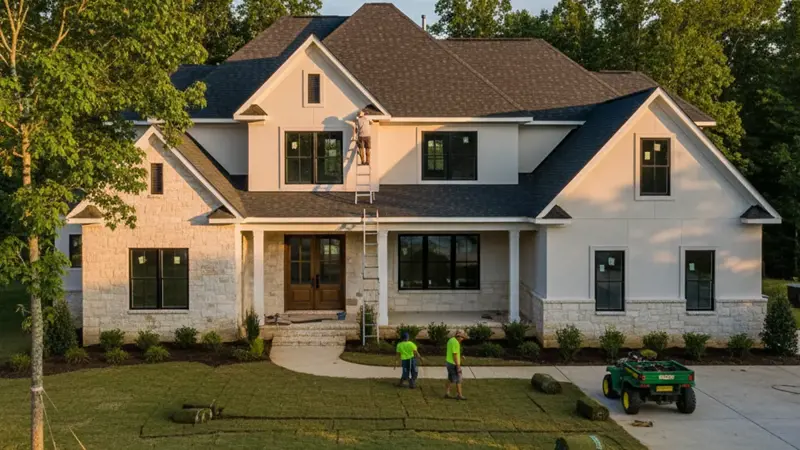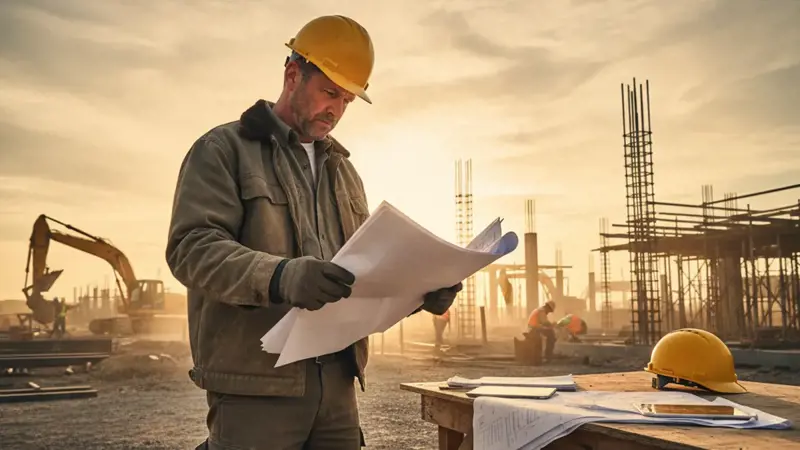American Institute of Architects (AIA), the newly ratified Inflation Reduction Act of 2022 (IRA), which aims to combat climate change and address record inflation, will have far-reaching consequences for architects and construction workers.
The Intelligent Renewable Energy plan includes policies that will invest in American energy production, reduce carbon emissions and guarantee secure and affordable American infrastructure.
Policies are included for driving aggressive emission reductions through 2030 in the building sector and investing in low-carbon renewable sources of power for supply. The Federal Inflation Reduction Act of 2022 includes more than a $5 billion incentive to encourage using low-carbon construction materials in public infrastructure projects and certain government-owned buildings.
The $485 billion bill, aimed at fighting climate change and mitigating inflation, was passed by the Senate on August 8th. It will most likely go before the House of Representatives.
With such ambitious goals as cutting down our carbon footprint by 40% by 2030 or meeting all obligations set in the UN Paris Agreement, it is guaranteed to shape America for years to come.
Investments in Clean Carbon Procurement!
The IRA makes numerous investments in projects of environmentalism, including clean procurement and other environmentally sensitive ventures such as active transportation, recreation trails for bike riders, natural based water infrastructure, forest regeneration, and sustainable farming:
- $250 Million for Environmental Product Declarations Assistance(SEC. 60112), which provides funding to support the development and standardization of Environmental Product Declarations (EPDs) for construction materials by providing grants and technical assistance to manufacturers to produce EPDs and invest in transparency. An EPD is a document that discloses the carbon impact of a product’s materials and manufacturing processes.
- $100 Million for Low-embodied Carbon Labeling for Construction Materials (SEC. 60116) will be used to identify and label low carbon materials, which will reduce the embodied carbon of construction materials and products used in federally funded transportation or building projects based on data available via Environmental Protection Data (EPDs).
- $2.15 Billion for installing Low-Carbon Materials (SEC. 60503) to specify and install low-carbon building materials in GSA-owned buildings.
- $2 billion for low-carbon transportation grants will reimburse and incentivize using low-carbon materials and products for federal highway administration projects.
- $4 Billion for Improving Climate Resilience of Affordable Housing (SEC. 30002) will provide funding to improve the energy or water efficiency, indoor air quality or sustainability of projects; and implement low-carbon technologies, materials, and products to improve the climate resiliency of affordable housing.
- FEMA Building Materials Program (SEC. 70006) aims to provide financial assistance for the use of low-carbon materials and incentives that encourage low-carbon and net-zero energy projects
The 179D Deduction
The 179D Deduction was made permanent when it became part of the law. The provision allowed government-owned building owners to allocate tax deductions to their architects, engineers, and contractors who designed the energy-efficient systems in their buildings.
The maximum allowance was set at $1.88 per square foot by 2022 under this legislation, but the new bill from Congress changed that significantly. Starting in 2023, this bill would increase the maximum allowable Deduction to $5 per square foot if they meet prevailing wage and apprenticeship requirements.
This will significantly expand who can take advantage of it, including other tax-exempt entities such as nonprofits, religious organizations, and educational facilities - even architects or contractors could get a break! Updates the calculation methodology so that there is no partial deduction capability.
As a result, benefits will only decrease if deductions are lower than the maximum allowed deductions.
This Deduction is available to architects, engineering firms, and contractors who qualify as primary designers.
Beginning in 2023, the square-foot Deduction will decrease from a dollar to 50 cents per sq ft for homes that do not meet specific requirements.
Conclusion
The federal Inflation Reduction Act of 2022 includes more than $5 billion to incentivize using low-carbon building materials in public infrastructure projects and certain government-owned buildings.
The sweeping $485 billion bill, which hopes to make strides toward mitigating climate change and fighting inflation, passed the Senate on Aug. 8th.
Various investments and tax credits are included within this legislation to help the United States achieve its goal of reducing greenhouse gas emissions by 40% by 2030 (the date set out under the UN Paris Agreement).
To conclude, the Inflation Reduction Act will affect the construction industry in the following ways:
- Modernizing building codes and improving existing and new buildings.
- Eliminating any reasons left that buildings cannot be environmentally friendly.
- The creation of a federal proving ground for green building technology.
- Jump-starting private investment and development in green technologies.
- Improving the environment of low-income neighborhoods, including the built environment.
- Promoting American-made products.
- Reducing energy bills.
To learn more about the construction industry visit our blog.


